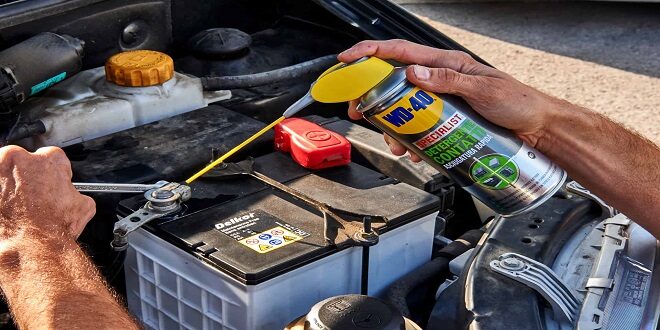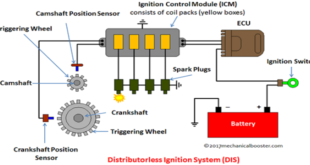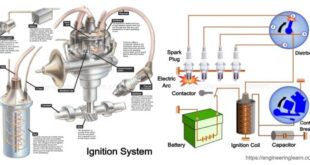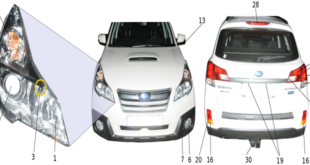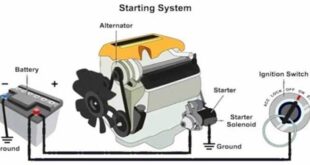The vehicle batteries must be inspected periodically, say, every week. The following points may be taken care of.
- The battery terminals should be clean and tight.
- Remove vent plugs while charging.
- Never bring flame near vent holes while charging as it may cause an explosion.
- In case the electrolyte level in the battery is not sufficient, top up with distilled water.
- Never let the battery remain in a discharged condition, otherwise, the plates will become sulfated.
- Do not put weight on the battery as it may bend the plates.
- Do not hammer the battery terminals.
- Put petroleum jelly on battery terminals to avoid sulphation.
- To avoid accidental arching, always remove the negative cable first while disconnecting and connecting the battery.
- Avoid the contact of electrolytes with eyes, skin, or clothes
BATTERY TEST
Pacific gravity of the battery electrolyte is the main test in determining the state of charge of the battery or battery cells. It is checked by using a hydrometer. The hydrometer has a reading range of 1.100 to 1.300. The scale is based on pure water, which has a reading of 1.000. We have already seen that one way of knowing the state of charge of the battery is to know the amount of sulphuric acid left in the electrolyte.
It can be noted that the electrolyte contains about 39% acid and 61% water by weight in a fully charged battery whereas, when discharged it is about 85% water and 15% acid. The hydrometer does not measure the percentages, but instead, it directly measures the gravity of electrolytes. When the electrolyte is drawn inside the tube, the float rises or sinks, depending upon the specific gravity of the electrolyte.
The reading coinciding with the marking at the electrolyte level is noted. Then correction will be considered corresponding to the normal temperature of 27°C. The specific gravity of the electrolyte varies with the temperature. The liquid expands and becomes thinner when heated and it loses its specific gravity. It is therefore essential to take into account the temperature while taking specific gravity readings to know the state charge of the battery accurately.
High rate discharge test with cell tester
The state of charge of a battery can be measured with an instrument, which inserts a resistance across the cell terminals, and the cell voltage reading is obtained on the voltmeter
If the needle falls in the green band the battery is serviceable. If reading is in the red band, or the needle drops rapidly towards the red – band, the battery should be given a bench charging or be replaced.
The high rate of discharge can be done with the cranking motor also. For making the test, ground the ignition primary lead at the distributor, so that the engine does not start. Now Operate the cranking motor and check the voltage of each battery cell.
Generally, if during the test, the cell voltages fall below 1.5 V or there is a difference of 0.2 V or more between the cells, battery trouble may be suspected. Before final conclusion, recharge the battery and check it again.
Before making the HRD test, the electrolyte level in all the cells should be correct, there should be no apparent defects in the battery, and it should be at least half charged. Further, the motor should not be operated for more than 20 seconds at a stretch.
Last word
It should be noted that the batteries that have been just charged should not be tested with the voltmeter because the gases on the plate surfaces will cause a high reading. The battery should be allowed to stand for a sufficient number of hours to permit the dissipation of these gases before the test is conducted.
 NEWSHUNTS
NEWSHUNTS
